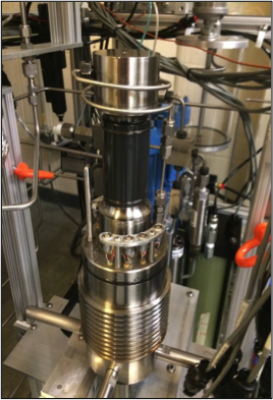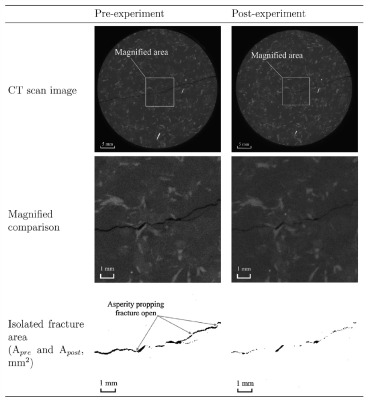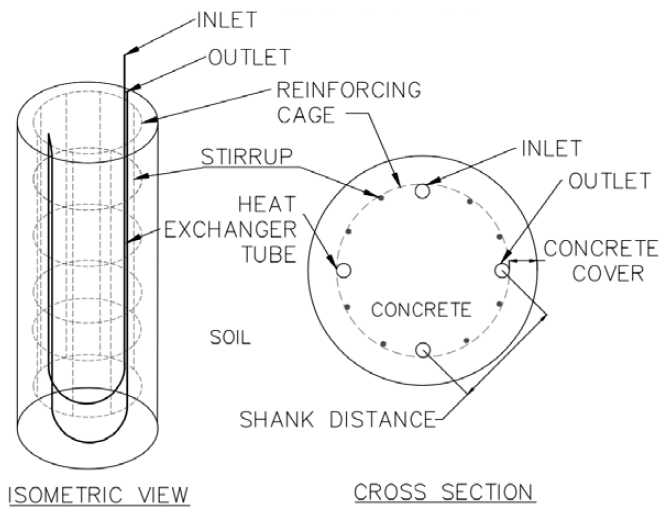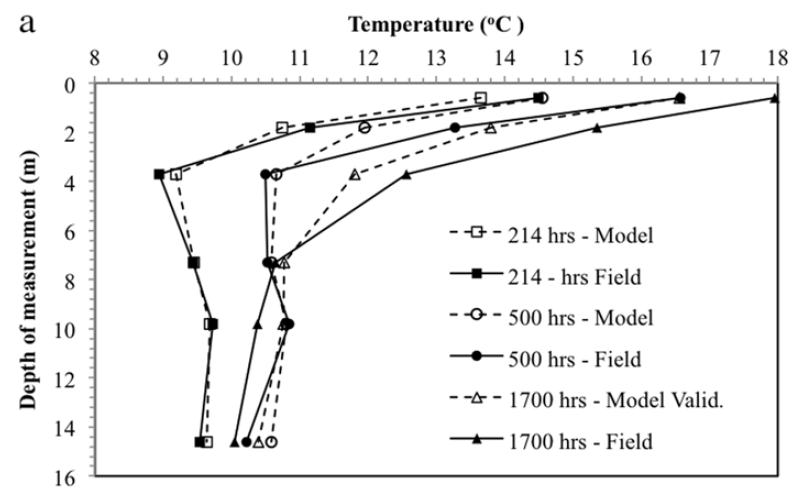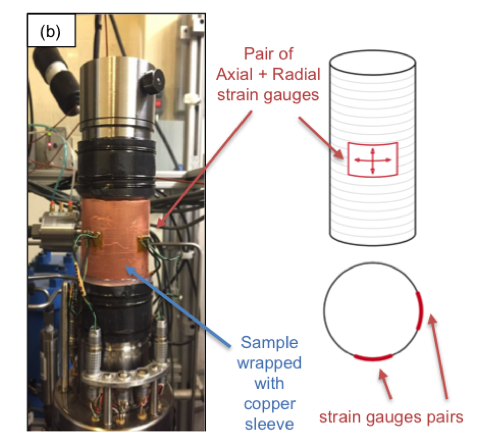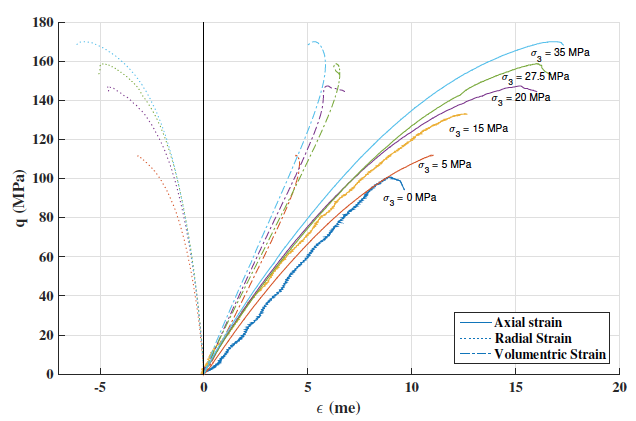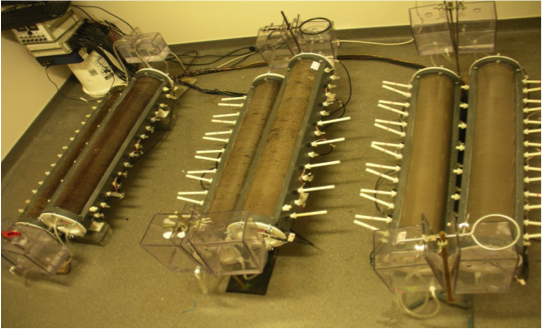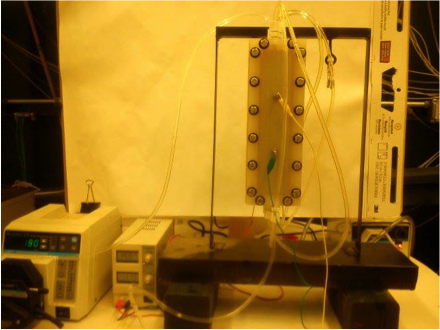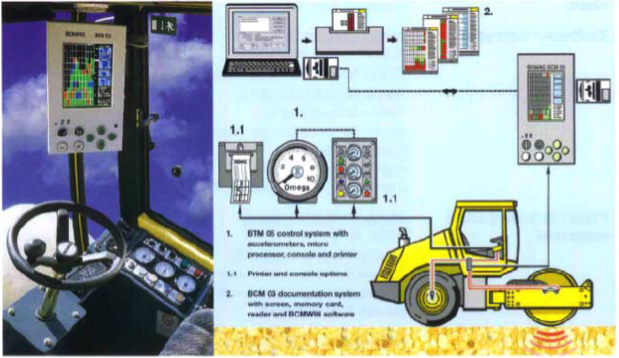As the injected
geothermal fluid interacts with the reservoir rock in an Enhanced
Geothermal System (EGS), it
triggers coupled Thermal-Hydro-Mechanical-Chemical (THMC) processes.
Change in fracture
aperture and permeability due to coupled THMC processes could
significantly affect the EGS
production. We are conducting laboratory experiments on geothermal
reservoir specimens at reservoir conditions to investigate how
the coupled processes affect the fracture aperture and permeability
evolution , and to improve the predictive capability of
existing models using well-constrained experimental laboratory data.
Kamali-Asl,
A., Ghazanfari, E., Perdrial, N., Bredice, N. (2018). Experimental
Study of Fracture Response in Granite Specimens Subjected to
Hydrothermal Conditions Relevant for Enhanced Geothermal Systems.
Geothermics 72 (2018) 205–224.
Caulk, R., Ghazanfari, E., Perdrial, J.,
Perdrial, N. (2016). "Experimental Investigation of Fracture Aperture
and Permeability Change within Enhanced Geothermal Systems". Journal of
Geothermics, 62 (2016) 12–21
